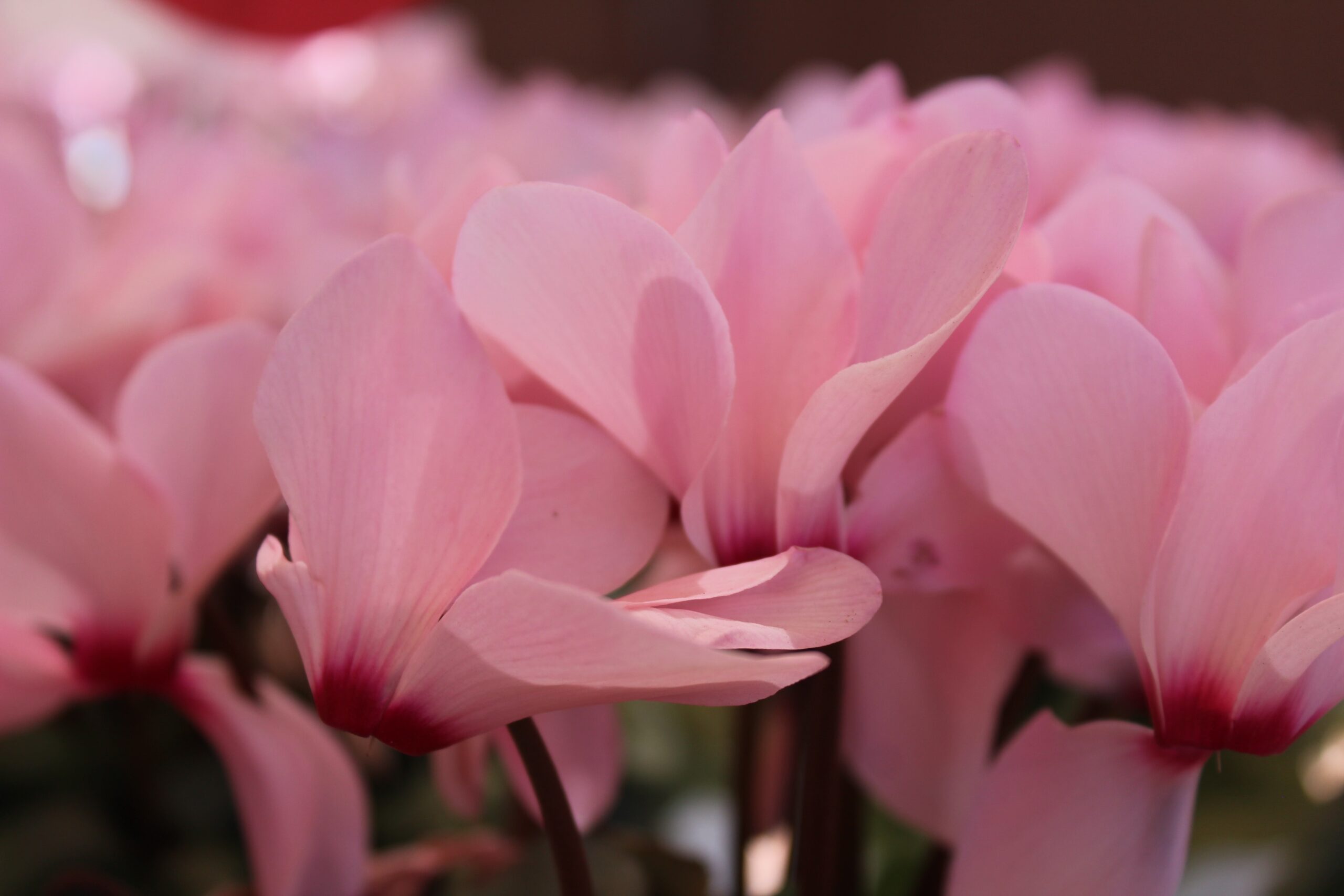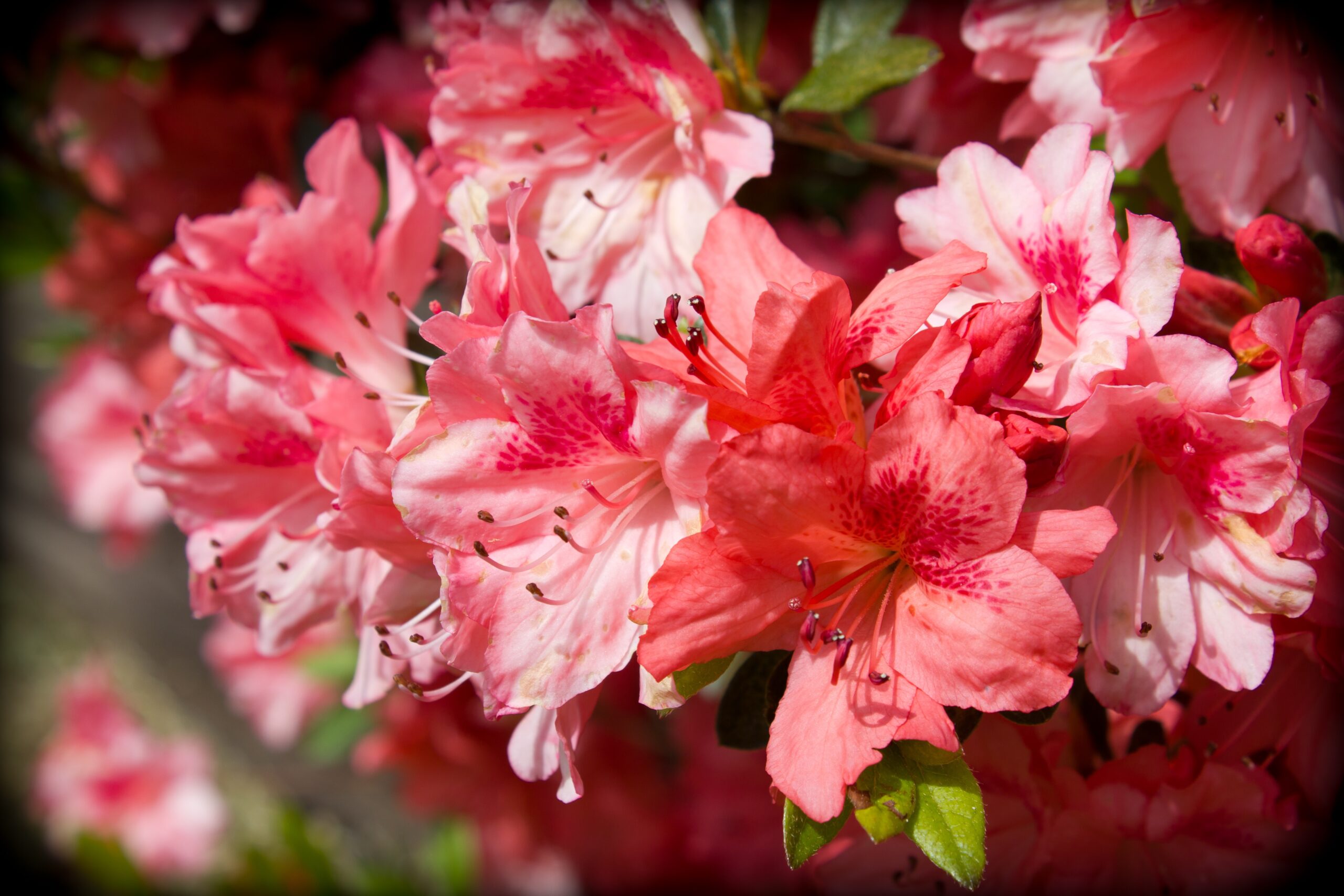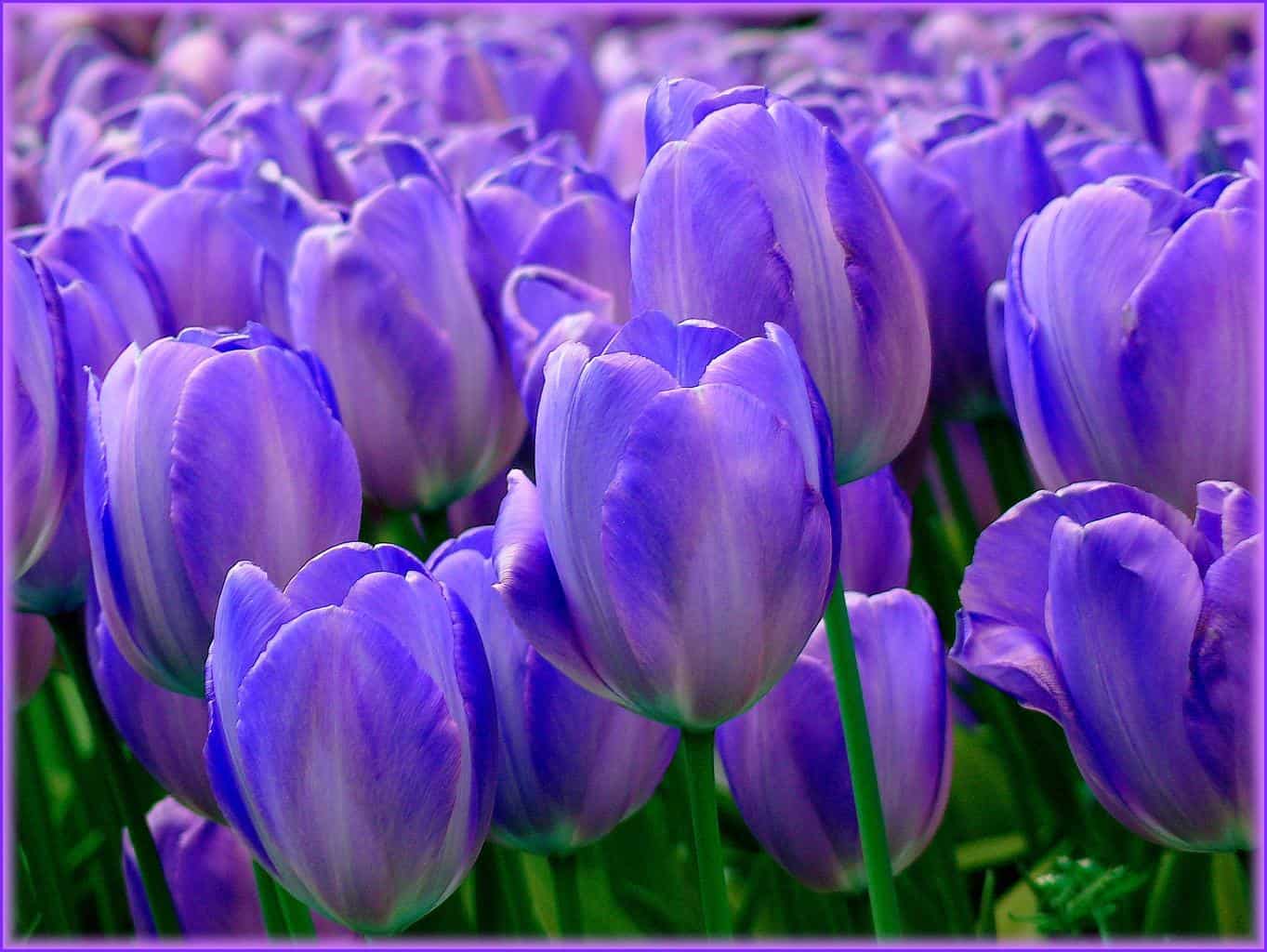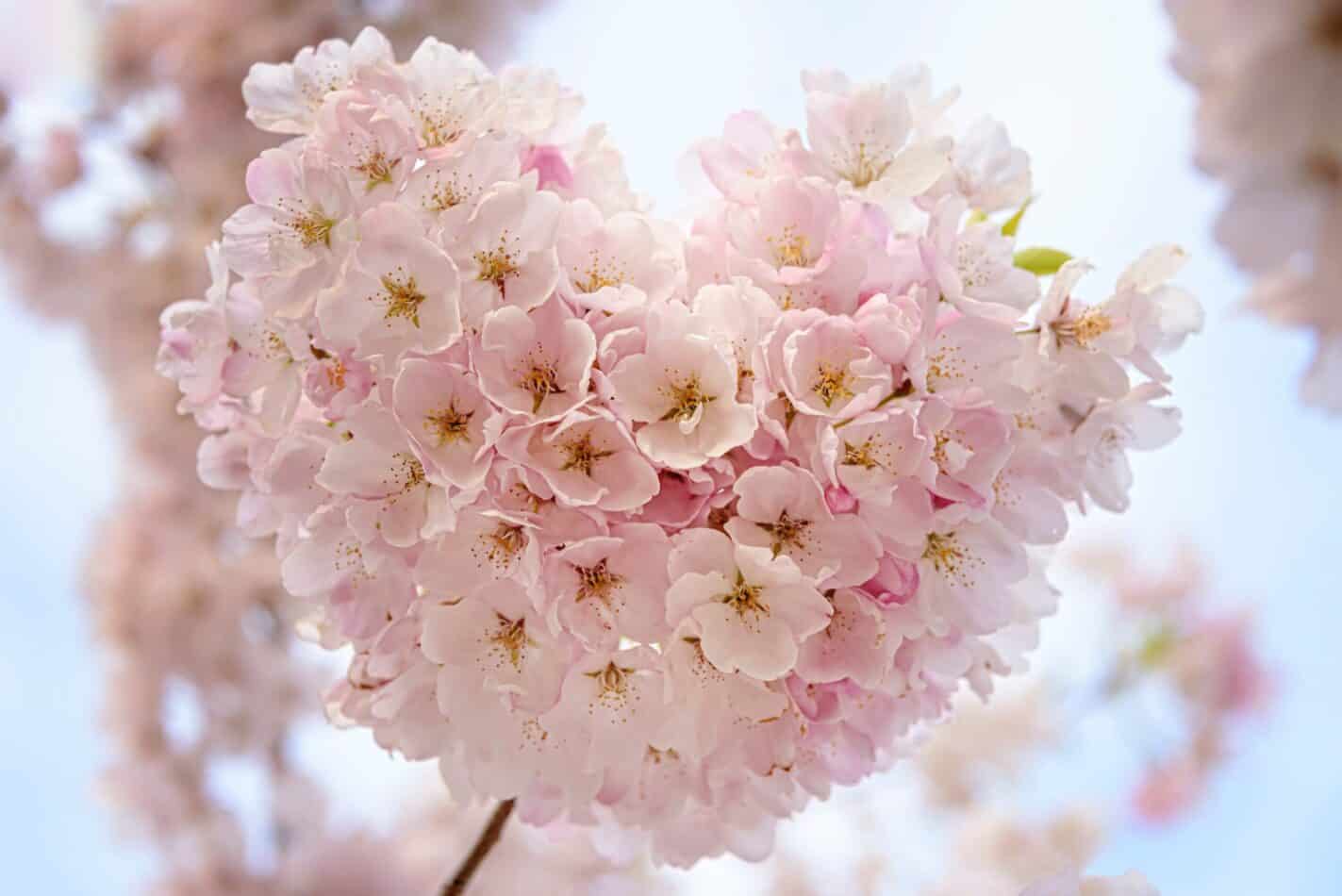Christmas is the most beautiful time of the year, which we usually share with our loved ones at home. Given that recent winters have not been too kind and snow outside the window is becoming more and more of a luxury, we make a special effort to make our surroundings a little more glamorous and add traditional touches, including plants.
It is worth knowing what to do with our plant Christmas decorations later – when they have lost their charm and need proper care to survive until the next season! So, what are the most unusual and best Christmas flowers?

Cactus for Christmas
The zygocactus (Schlumbergera) is the December cactus or Christmas cactus. It is characterized by its pendulous habit and smooth leaves. The bell-shaped flowers are usually found in shades of white and red – the colors of Christmas. It is native to tropical forests, so it feels best indoors where there is high humidity. The optimum temperature for December bush is 18-22 degrees Celsius. It is an epiphyte – in nature, it grows on tree trunks, but it does not parasitize them. It gets all its nutrients from the air. It has moved from the tropical jungles to home comfort mainly because it prepares to bloom for winter differently than most species to show its best side during the holiday season. Cactuses (or cacti) are an unusual Christmas choice, but they are a powerful one due to cactuses’ meaning and symbolism.

Persian Cyclamen
The Persian cyclamen makes a welcome appearance in home spaces in winter. However, not everyone is aware of it because, in stores, this Christmas flower is sold as alpine violet. To never confuse the two species again, remember that the cyclamen blooms from late fall to spring while the mistaken alpine violet develops inflorescences in summer. In addition, the Christmas flower is not hardy and is only suitable for indoor growing in winter.
Peppercorns
Plants with red accents like the star of Bethlehem or the clodhorn flowers are popular during the winter. In the case of the bell pepper plant (solanum), these are the fruits produced in the autumn which resemble tiny tomatoes. No wonder, since this Christmas flower is their distant relative. The plant can become an exciting alternative to the traditional Christmas tree with these red accents. However, despite their resemblance to succulent vegetables (actually fruits – tomatoes are classified as berries from a botanical point of view), the natural baubles of the Solanaceae are poisonous and not suitable for eating.

Amaryllis
As you can see, Christmas fever is getting to everyone, as this is the second Christmas flower on our list to be found in stores by the wrong name. The popular amaryllis delights us with its cup-shaped blooms in winter and is a hippeastrum. The origin of this confusion is very similar to that of cyclamen. The flowers are similar. Although they occur entirely elsewhere, they mainly differ in the flowering period. The amaryllis is beautiful in summer too.

Azalea
(Azalea indica) is slightly different from the commonly known Japanese azaleas. It blooms from autumn to spring but is quite a challenge for the gardener! In exchange for a decoration reminiscent of full roses, it needs a sunny location and a temperature of 15 to 18 degrees Celsius. A constantly wet substrate with an acidic reaction and high humidity!
What we love from Amazon this week
Buy these wonderful flowers directly from Amazon:














